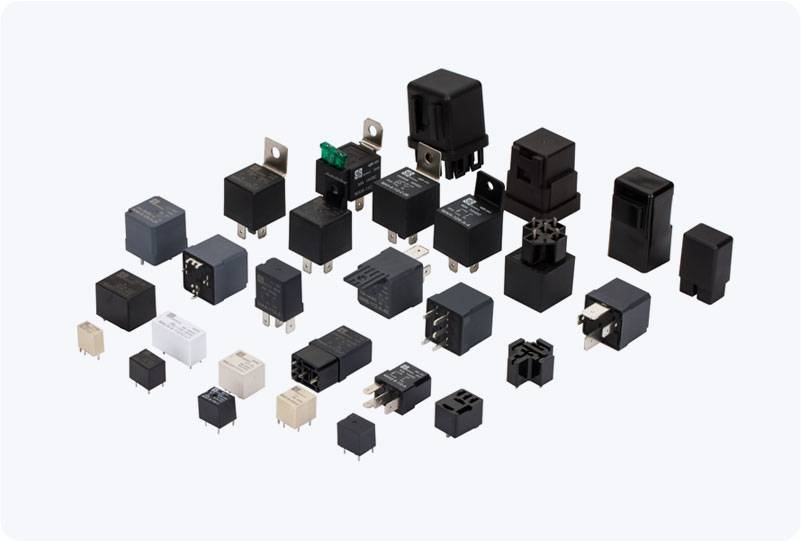The 220V AC relay is an essential component in electrical and electronic systems, offering a reliable and efficient means to control high-voltage circuits using low-voltage signals. With a wide range of applications in both industrial and consumer electronics, this type of relay plays a crucial role in safeguarding and automating electrical processes. In this article, we will explore the function, design, applications, and considerations involved in using a 220V AC relay.

What is a 220V AC Relay? A relay is an electrically operated switch that uses an electromagnet to control the opening and closing of a set of contacts. The 220V AC relay is designed to control circuits running on alternating current (AC), specifically at 220 volts. It is typically used to isolate control circuits (which may operate at much lower voltages, such as 5V or 12V DC) from high-voltage circuits (220V AC), providing both electrical isolation and convenience in controlling heavy-duty electrical devices remotely or automatically. Working Principle of a 220V AC Relay The operation of a 220V AC relay is based on the electromagnetic principle. When an electrical current flows through the coil of the relay, it generates a magnetic field that activates a switch mechanism. This mechanism can either open or close a set of contacts, allowing or stopping the flow of current in the high-voltage circuit.